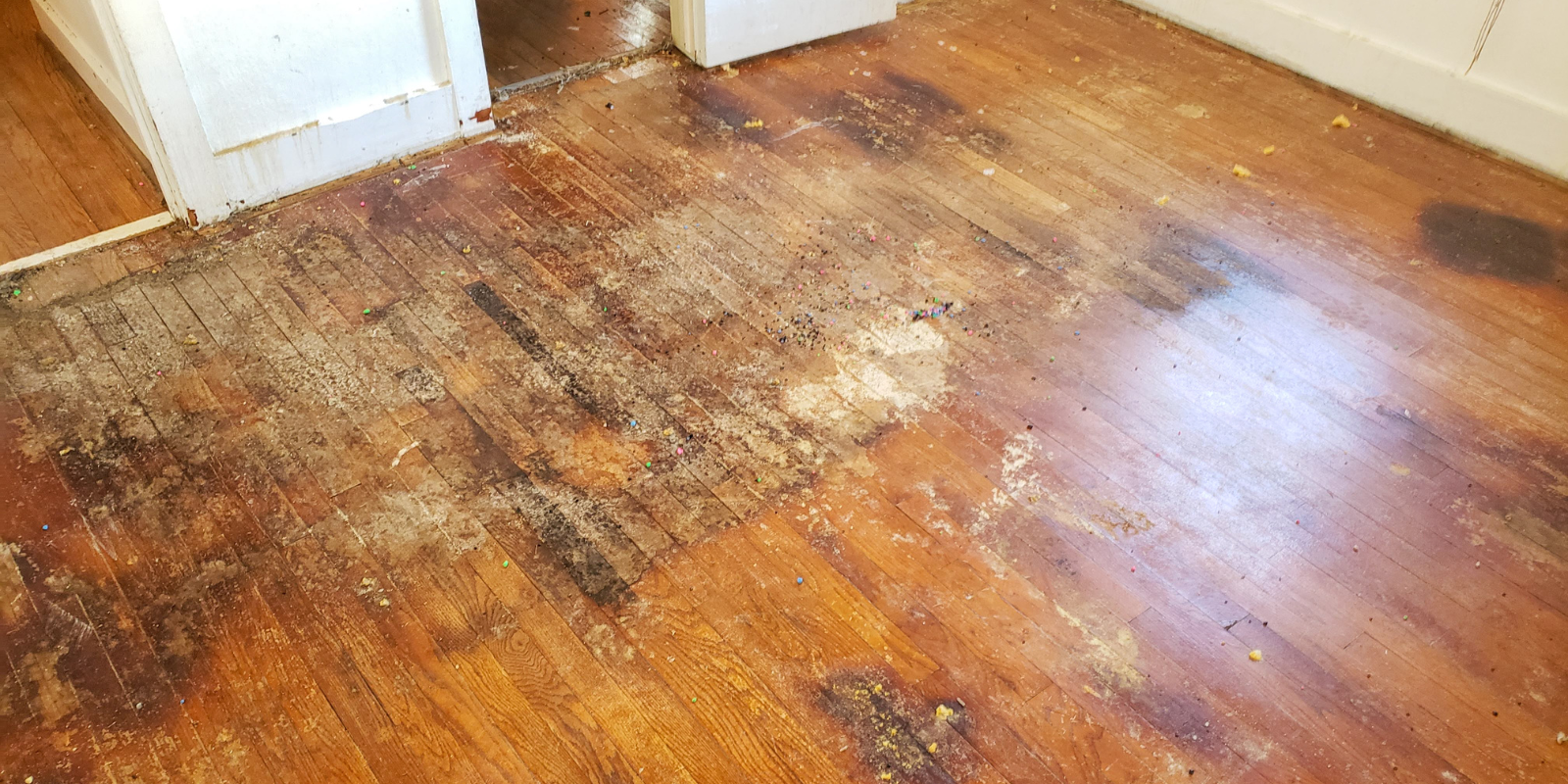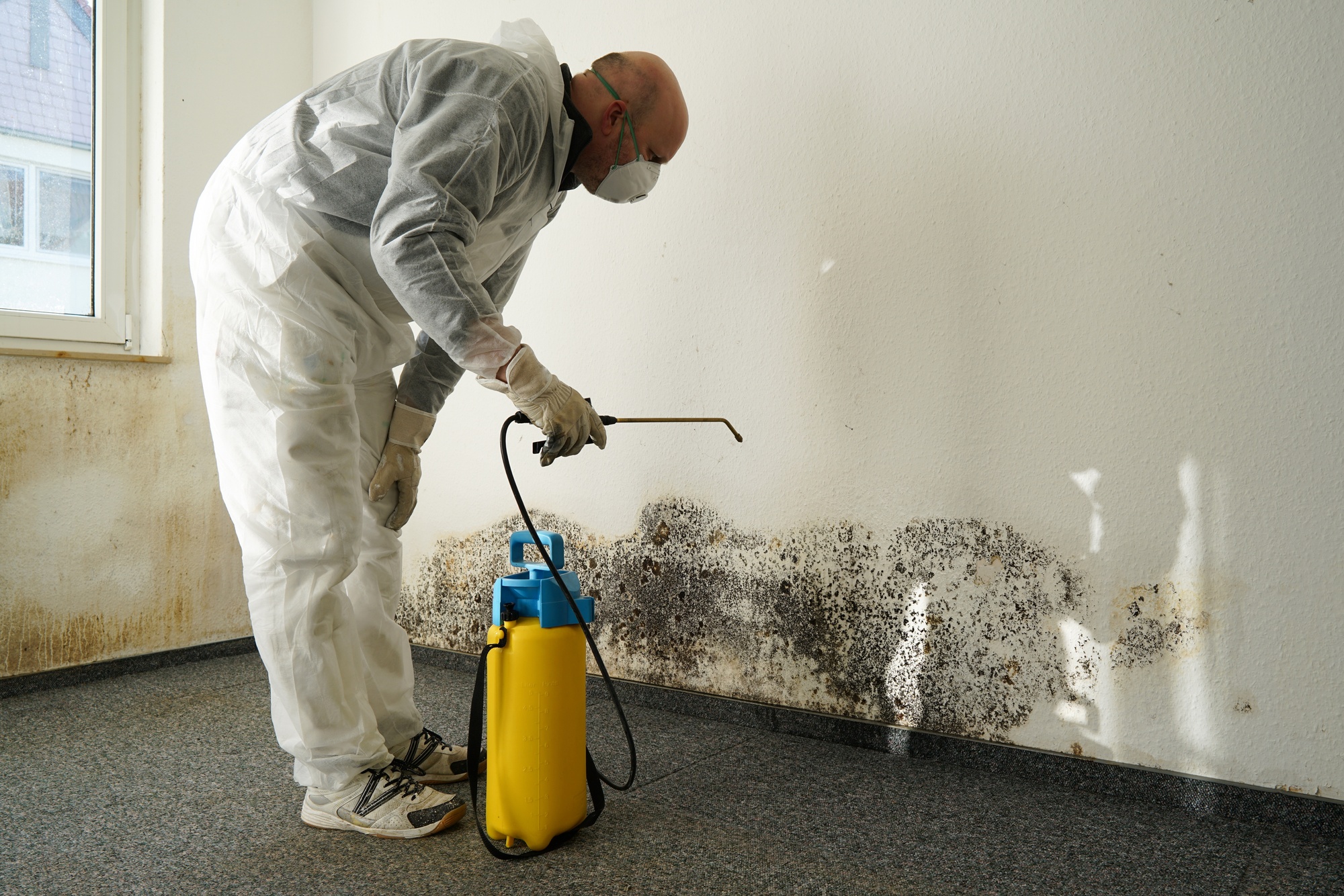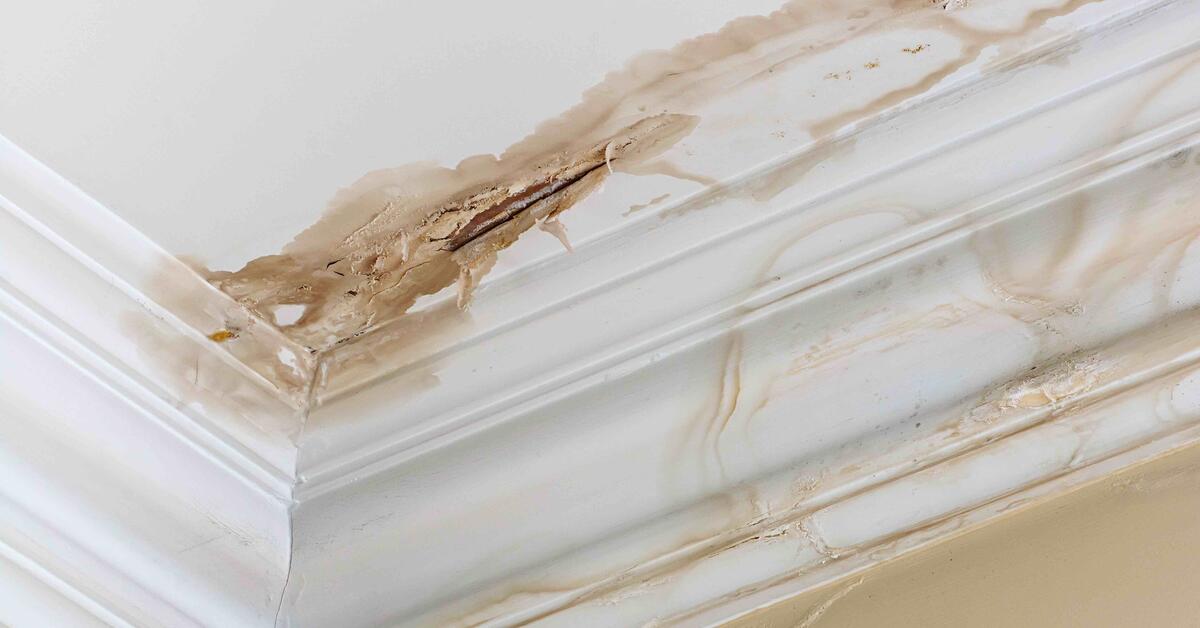Leading Water Mitigation Company Offering Fast and Efficient Solutions
Leading Water Mitigation Company Offering Fast and Efficient Solutions
Blog Article
The Refine of Water Damages Clean-up: Ensuring Your Home Is Brought Back Successfully
Water damage can be a challenging difficulty for homeowners, requiring a structured and meticulous cleanup process to bring back security and functionality. Originally, a comprehensive evaluation is critical to determine the extent of the damages and figure out the appropriate removal measures. Following this, effective water extraction methods play a pivotal role in mitigating additional harm. The subtleties of drying, sterilizing, and eventual repair are just as important and usually overlooked. Comprehending these stages can make a substantial distinction in the result of your home's reconstruction, triggering a closer consider what each step involves.
Evaluating the Damages
Upon discovering water damages, the primary step is to completely examine the extent of the effect. This preliminary evaluation is critical, as it assists identify the required steps for reliable clean-up and remediation. Begin by evaluating the influenced areas, including walls, ceilings, floors, and personal belongings, to determine the resource of the water intrusion, whether from flooding, leaks, or condensation.
Documenting the damage is essential for both insurance policy claims and planning reconstruction initiatives - damage restoration services. Use photographs and written notes to capture the intensity of the damage, keeping in mind any affected architectural aspects and products. Pay special focus to areas that may not be right away visible, such as behind wall surfaces and under carpetings, as concealed dampness can bring about further complications, including mold development
Furthermore, assess the timeline of the water exposure. Eventually, a thorough assessment lays the foundation for a successful water damage cleanup process, guaranteeing that all influenced locations are dealt with properly and completely.
Water Removal Methods

Professionals generally use submersible pumps for bigger volumes of water, which can promptly minimize flooding in cellars or other influenced locations. For smaller sized amounts, wet/dry vacuum cleaners are typically utilized to extract residual moisture from rugs and hard surfaces. Additionally, using portable extractors permits targeted removal in constrained areas or areas with fragile products.
In circumstances of polluted water, such as sewer or floodwater, advanced extraction techniques might entail using biohazard equipment to guarantee security and conformity with health and wellness guidelines. High-powered extraction devices are critical in decreasing water retention in architectural products, which can cause mold growth and architectural wear and tear if not attended to quickly.
Inevitably, the effectiveness of water extraction methods plays a pivotal function in the overall success of the water damage cleaning procedure, preparing for subsequent repair efforts.
Drying and Dehumidification
Once standing water has actually been successfully drawn out, the next important phase in the water damages clean-up process is drying out and dehumidification. This step is necessary to stop additional damage and mold and mildew growth, which can occur within 24 to two days in moist environments.
To achieve reliable drying out, specific tools such as industrial-grade check my blog air moving companies and dehumidifiers is employed. Air movers distribute air across damp surface areas, improving dissipation prices, while dehumidifiers decrease moisture degrees airborne, promoting a favorable atmosphere for drying out. The mix of these devices ensures that dampness is extracted from furnishings, walls, and floors, enabling them to completely dry thoroughly.
It is essential to keep track of the drying procedure carefully. Experts typically use dampness meters to assess the moisture content in numerous products, making certain that all influenced areas get to acceptable dry skin levels. This thorough approach helps to avoid concealed moisture pockets that can bring about structural damages or unhealthy mold growth.

Cleaning and Sterilizing
After the drying and dehumidification stage is full, the next essential action in water damages clean-up is cleaning up and disinfecting the affected locations. This process is vital to stop the growth of mold, bacteria, and various other virus that flourish in moist atmospheres.
The cleaning phase typically involves eliminating any type of debris, dust, and pollutants from surface areas making use of specialized cleaning agents. For difficult surface areas, a combination of soap and water or commercial cleaning products is commonly used. Soft materials, such as upholstery and carpets, may call for a lot more extensive cleaning methods, including heavy steam cleansing or deep extraction methods, to ensure thorough hygiene.

Disinfecting complies with cleaning, utilizing EPA-approved anti-bacterials to remove hazardous microorganisms. This action is vital, especially in areas that may have come right into contact with floodwaters or sewage, as these resources can present significant health and wellness risks.
Additionally, it is essential to address any kind of staying odors, which might need using smell neutralizers or sophisticated strategies like ozone treatment. Correct cleaning and sanitizing not just bring back the safety and security and health of your home yet also prepared for effective remediation and fixings in succeeding stages of the water damages cleaning process.
Restoration and Repair Work

As soon as the evaluation is total, remediation initiatives can start. In addition, flooring might need similar interest, depending on the level of water direct exposure.
It is critical Look At This to engage experienced remediation specialists throughout this procedure, as they have the know-how to deal with complicated repair work properly. They can help reduce prospective future problems, such as mold and mildew growth or architectural instability, therefore guaranteeing a safe and habitable living environment. Ultimately, reliable reconstruction and fixings recover the home's integrity and enhance its overall value.
Verdict
In conclusion, the process of water damages clean-up is important for recovering a home to its pre-damage problem. Each phase, from examining the damage to executing reliable water extraction techniques, followed by extensive drying, disinfecting, and required repairs, plays a vital duty in ensuring security and conformity with structure criteria. Effective implementation of these actions not only alleviates prompt damage but likewise improves the long-term honesty and value of the building.
Water damages can be a complicated challenge for property owners, necessitating a careful and structured cleaning procedure to bring back safety and security and performance. Eventually, a thorough analysis lays the groundwork for a successful water damage clean-up procedure, guaranteeing that all affected locations are dealt with properly and extensively.
Efficient water removal methods are vital in mitigating damage and avoiding further difficulties complying with a water breach occasion.In final thought, the hop over to these guys process of water damages cleanup is important for recovering a home to its pre-damage problem. Each phase, from examining the damage to carrying out effective water extraction techniques, adhered to by extensive drying out, sterilizing, and needed repair work, plays a crucial function in guaranteeing security and compliance with structure requirements.
Report this page